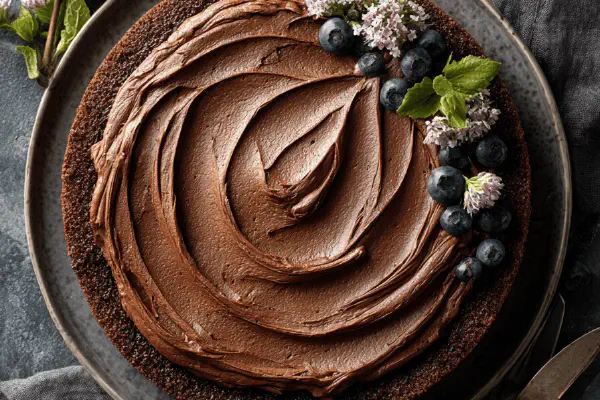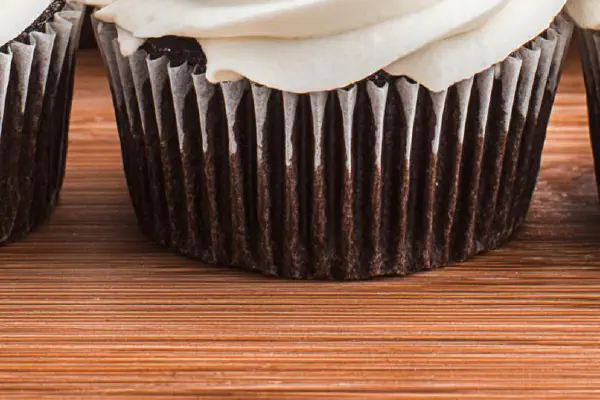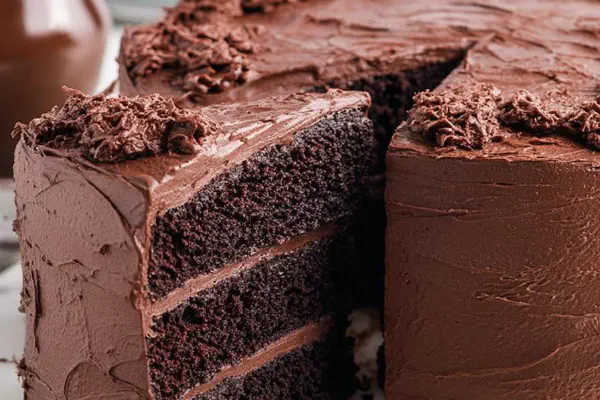Featured Recipe
Zesty Cream Cheese Frosting

By Kate
"
A creamy, tangy frosting made with softened cream cheese and butter whipped until light. Cream and lemon zest add brightness and silkiness. Powdered sugar folds in slowly, thickening the mixture to spreadable consistency. Vanilla swapped for almond extract for subtle nutty depth. Salt balances the sweet and creamy richness. Ideal for cakes, cupcakes, or as a decadent dip. Works well chilled but spreads easier at room temp.
"
Prep:
2 min
Cook:
4 min
Total:
6 min
Serves:
24 servings
dessert
topping
frosting
Introduction
Cream cheese and butter. Both softened but not too soft or melted. Lesson number one. Too cold, lumpy mix. Too warm, greasy mess. Beat together on medium speed with a handheld mixer. Watch the texture closely. Break it down from solid chunks until it looks whipped, fluffy, nearly cloud-like. You don’t need a stand mixer here, just practice knowing when it’s ready. Add heavy cream — a small splash — plus lemon zest and almond extract. The zing from lemon and base notes from almond bring the frosting to life instead of just ‘sweet spread.’ Salt is the unsung hero here, balancing out all richness, preventing that cloying flatness that ruined many frostings before you learned better. Sift powdered sugar before adding. Always. Half-cup increments. Too fast and sugar dust clouds the kitchen and gritty lumps ruin the feel. Mix on low speed until thick. Frosting should hold its shape but still be spreadable without tearing crumb from cakes. Store leftovers in fridge tightly sealed. Return to room temp before next use, whip lightly to regain that pillow softness.
Ingredients
About the ingredients
Cream cheese and butter must be softened but not melted. Too cold and you get lumps, too warm and frosting separates. Unsalted butter is key here. Salted butter can throw flavor and texture out of whack. Powdered sugar must be sifted to avoid graininess in final frosting. Heavy cream adds silkiness and adjusts consistency but don’t pour it all at once. Add gradually as needed. If missing almond extract, vanilla is a fine fallback, but almond gives unexpected warmth. For a dairy-free swap, use vegan cream cheese and butter substitute, but texture will vary. Lemon zest adds brightness — fresh always better than dried. Don’t skip the salt or frosting will taste overly sweet and dull.
Method
Technique Tips
Start by softening your fats to room temperature. Don’t rush warming or you’ll end up with clumps or grease patches. Beat cream cheese and butter first until light and fluffy — texture is your cue rather than strictly timing. Incorporate heavy cream and flavorings next to smooth the mixture and lighten it up. Slowly add sifted powdered sugar in increments, using low speed to avoid airborne clouds and to give sugar time to dissolve into the mix. Power boost only after all sugar is fully mixed. Watch for frosting that holds soft peaks — not stiff peaks like meringue, but creamy yet spreadable. If too thick, add heavy cream little by little. Too thin? Chill until workable. Scrape bowl often to avoid uneven lumps. Leftovers benefit from beating again after chilling to restore texture. Don’t overbeat or you’ll incorporate too much air causing the frosting to collapse.
Chef's Notes
- 💡 Start with softened cream cheese; too cold gives lumps. Room temp means easy blending. Watch texture. Should be light and fluffy. Don’t melt it. Butter same deal; soft, spreadable but cool.
- 💡 Mix until airy, pale; sound changes from chunks to hum. Use hand mixer. Three to four minutes, adjust speed gradually. Texture needs to feel creamy; stop and scrape sides often.
- 💡 Add heavy cream last. Drop in extracts, salt, zest after mixing fats. Don't rush. Cream adds silkiness but too much can make runny. Mix almond extract in place of vanilla for added depth.
- 💡 Sift powdered sugar. Must do; avoid graininess. Add in gradual increments, one-third cup at a time. Low speed at first. Dust clouds everywhere if not careful. Mix until combined and thick.
- 💡 Too thick? Splash more cream to adjust consistency. If runny? Chill for a bit. Leave at room temp later for spreadability. Texture changes based on temp. Monitor closely.
Kitchen Wisdom
Why is my frosting lumpy?
Likely too cold or overmixed. Room temp cream cheese and butter needed. Beat until fluffy. Scrape sides well.
Can I use vanilla instead of almond extract?
Yes, vanilla works fine. But flavor profile changes. Almond adds warmth, richness. But vanilla good backup.
How to store leftovers properly?
Store sealed in fridge, max 3 days. Let come to room temp before using. Whip to regain texture. No lumps.
What if it’s too sweet?
Add pinch more salt. Balances sweetness. Can also adjust cream if too thick. Try flavors to handle sugar overload.



